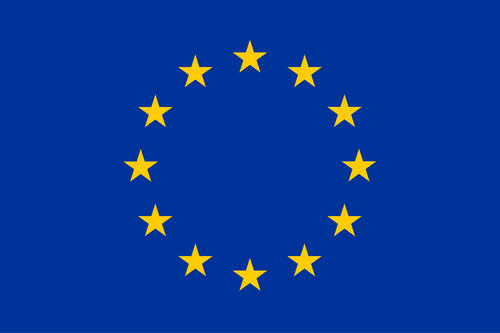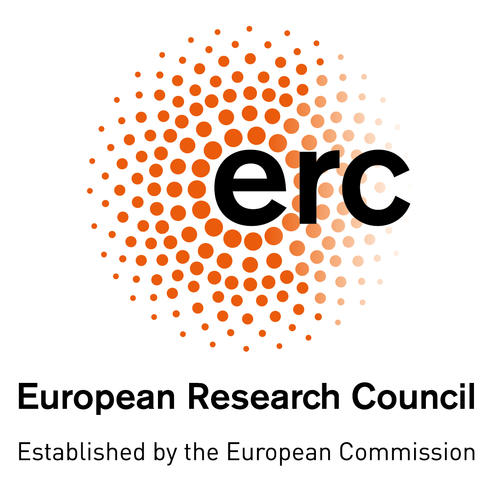Poster at CNS: Verbal Working Memory depends on Network Architecture: Evidence from a Brain-constrained Network Model
Maxime Carrière will present a poster on his current research in the MatCo project at the CNS conference on Saturday, March 25th.
Humans are able to learn and use a broad range of words and other symbols, whereas Monkeys are limited to acquiring small vocabularies of signs, including sounds and gestures. Earlier works showed this difference may depend on network's architecture, and especially the specifically connectivity features of areas in the left-perisylvian cortex known to be relevant for language.
We are here asking whether these observations generalize across different model types and can be confirmed (1) in brain-constrained models mimicking a larger range of cortical areas, including perisylvian as well as additional areas relevant for sensorimotor, conceptual and semantic processing (2) in both meanfield models and networks of spiking integrate-and-fire neurons, and (3) in models implementing important features of the connectivity of human and monkey brains. While all models built distributed cell assemblies (CAs), CA sizes were larger in the meanfield than in the spiking models. Furthermore, larger cell assemblies emerged in the 'Human model' (HM) than it the 'monkey model' (MM).
The duration of the phase where activity was held in the CAs differed significantly and substantially between models, with much longer reverberation times for humans than monkey's architectures and for mean field than spiking models. These results confirm that the difference in brain architecture between monkeys and humans, especially the connectivity provided by the arcuate fascicle, may be crucial for maintenance of reverberatory activity in word related cell assemblies and thus for the emergence of working memory specifically for spoken words.
News from Feb 15, 2023

